Author: Zhao Yongbo
Affiliation: Fourth Hospital of Hebei Medical University

Overview of Aortic Coarctation and Interrupted Aortic Arch
• Epidemiology: Primarily affects infants and young children, with adult presentations being relatively rare. CoA accounts for 4%-8% of all congenital heart diseases, located typically distal to the left subclavian artery near the ductus arteriosus. IAA is even rarer, accounting for about 1.5% of cases.
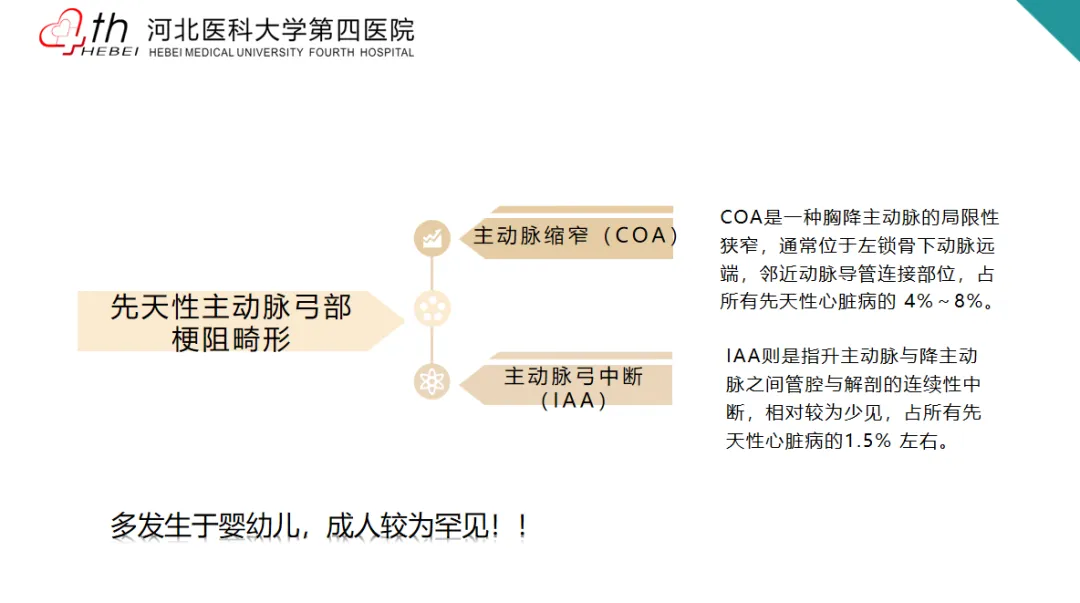
Clinical Manifestations and Treatment of Aortic Coarctation
• Symptoms: CoA often leads to differential blood pressure between the upper and lower limbs, characterized by hypertension in the upper body and hypotension in the lower body.
• Treatment Approaches: Ranges from conservative management to interventional treatments, with choices influenced by the severity and location of the narrowing.
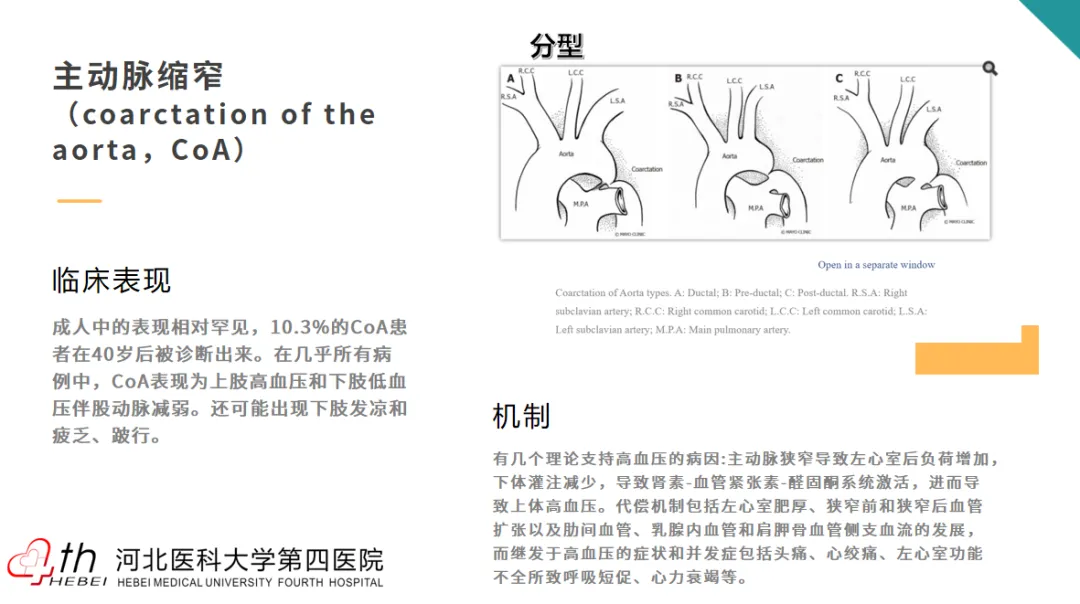
Strategies for Managing Interrupted Aortic Arch
• Surgical Techniques: Includes resection with end-to-end anastomosis and extra-anatomical bypass grafting, particularly ascending to descending aortic bypass, to reduce the risk of restenosis and improve survival rates.
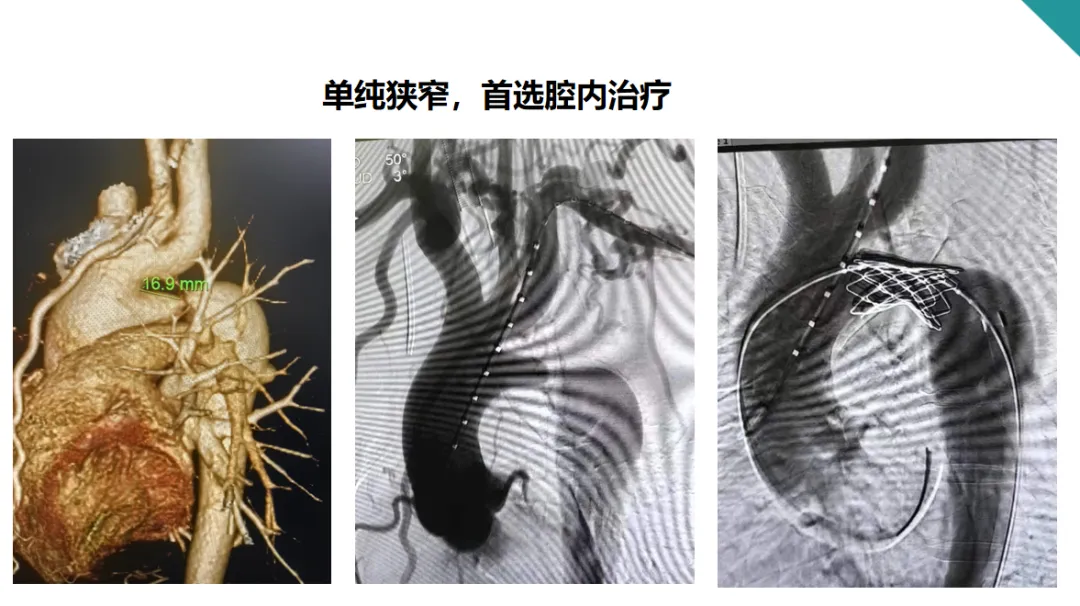
Case Analysis
• Complex Cases: Discusses cases involving CoA with subsequent development of interruption and aneurysms, illustrating the diagnostic challenges, surgical complexities, and postoperative management.
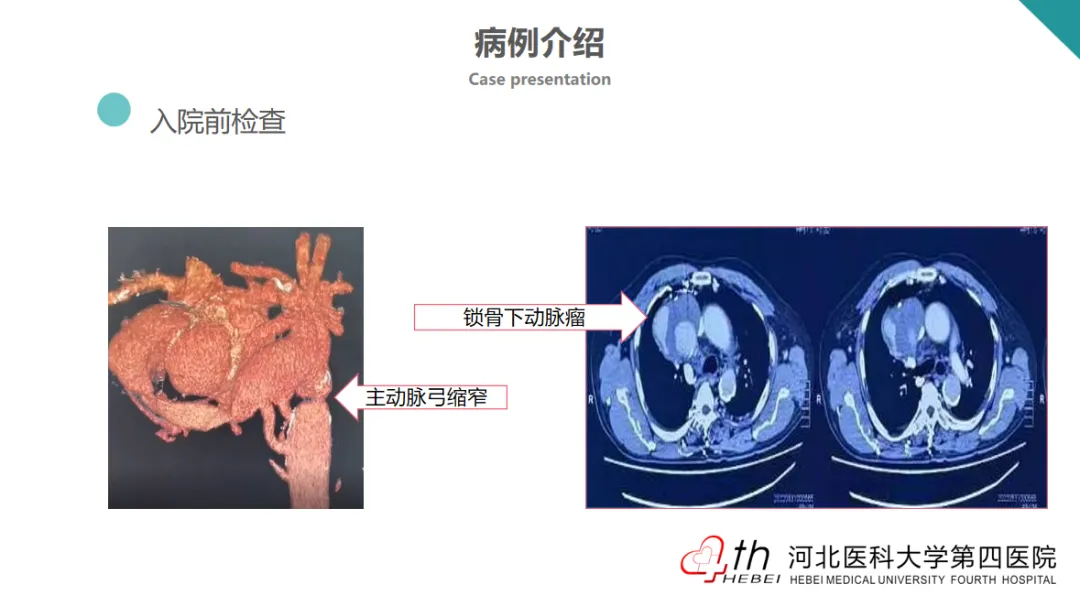
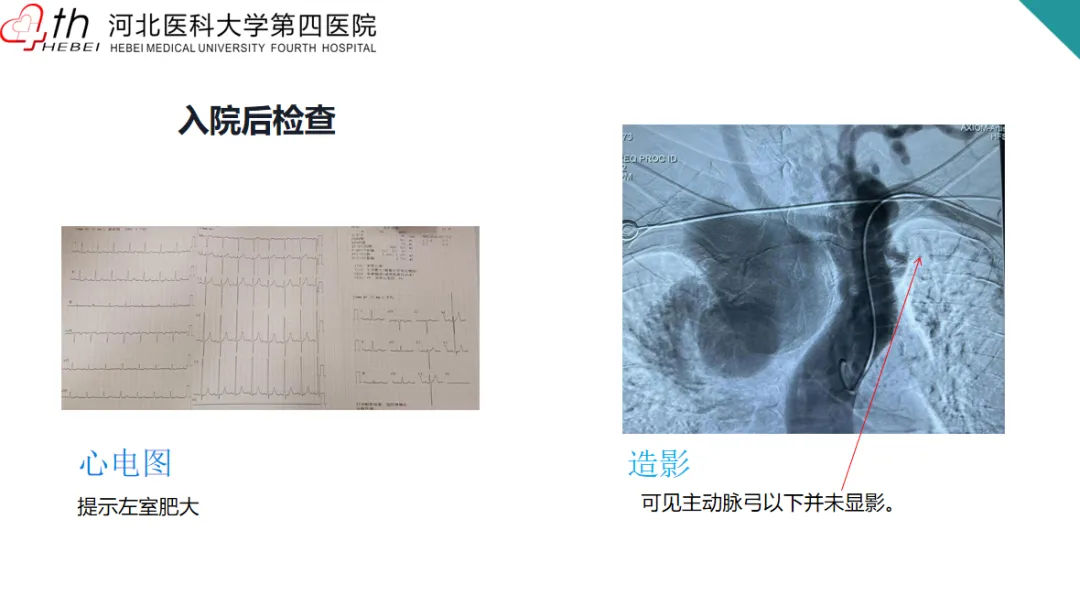
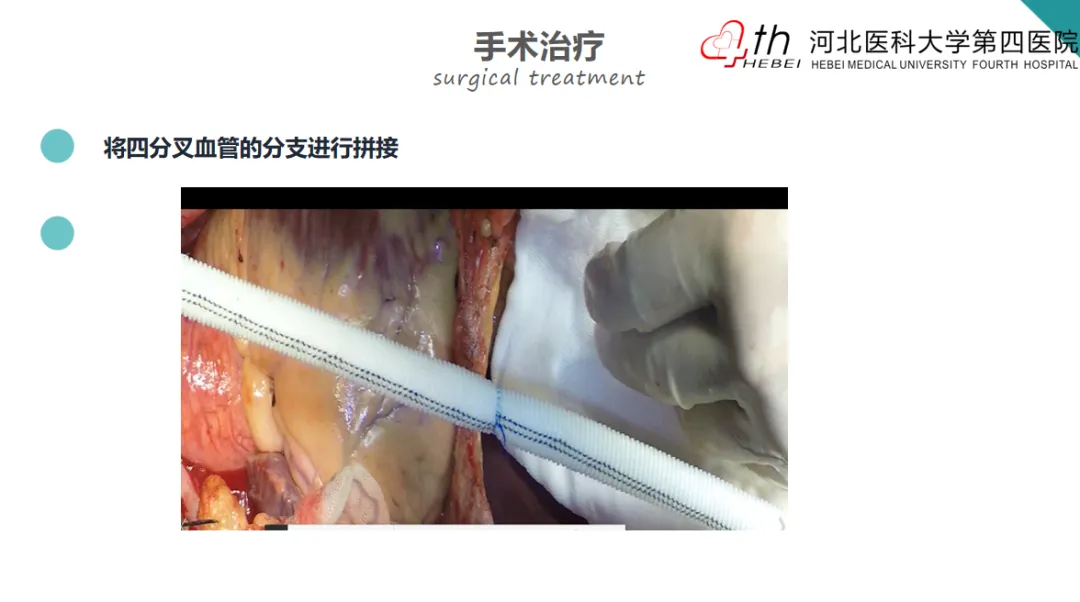
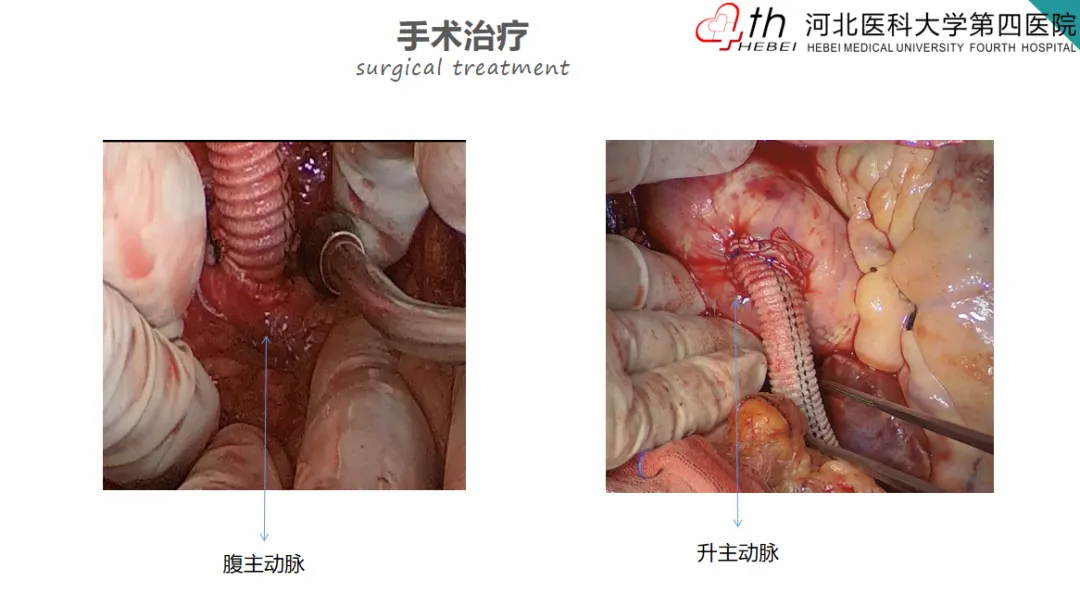
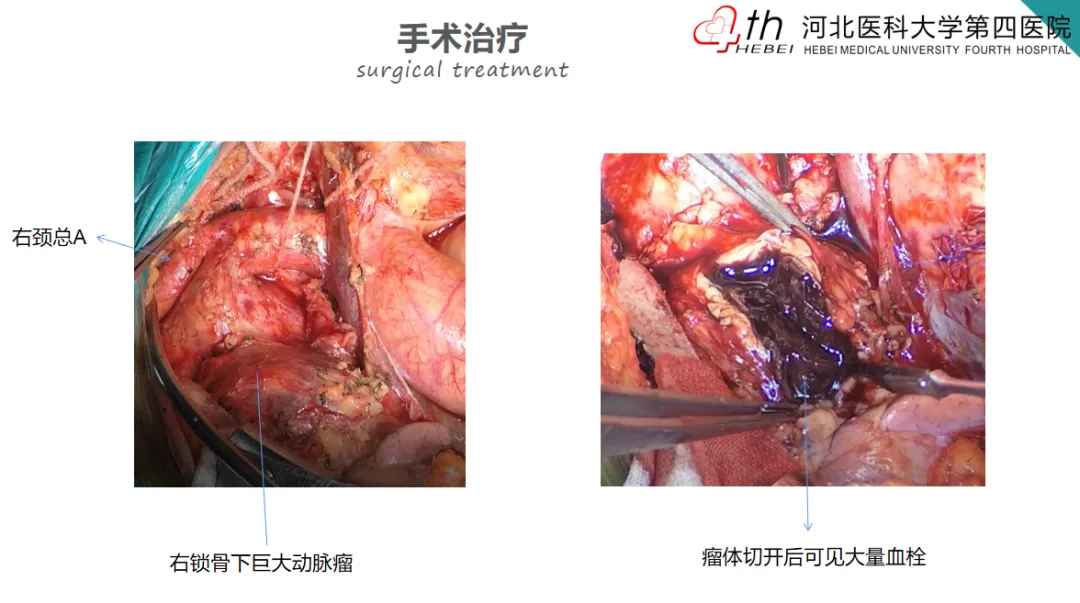
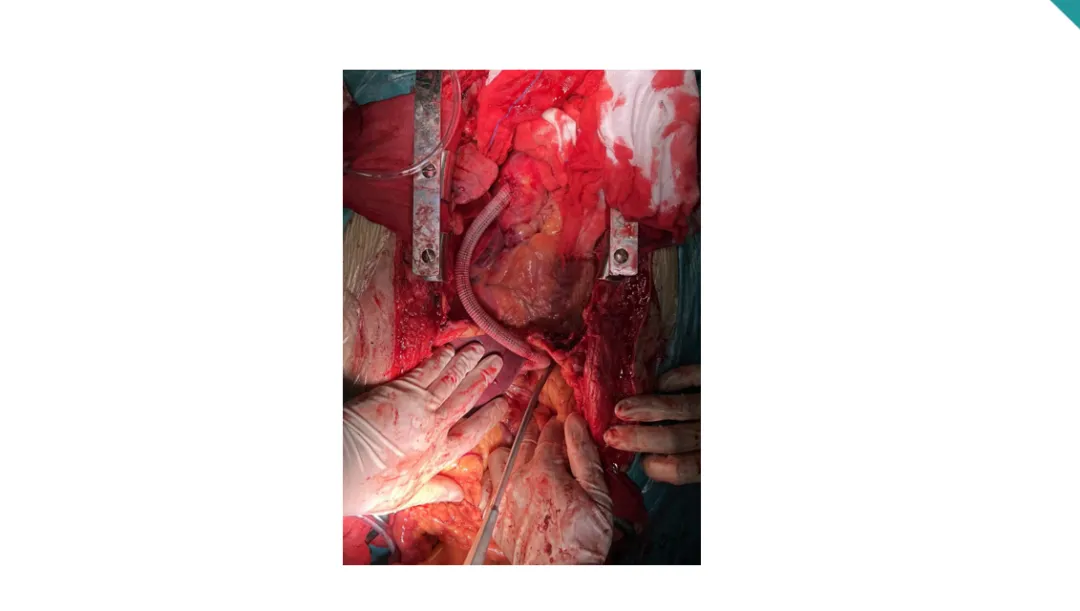
Conclusions and Future Directions
• Advancements: Highlights recent progress in managing these complex conditions and the potential of evolving technologies, particularly in endovascular therapies, to improve treatment outcomes.
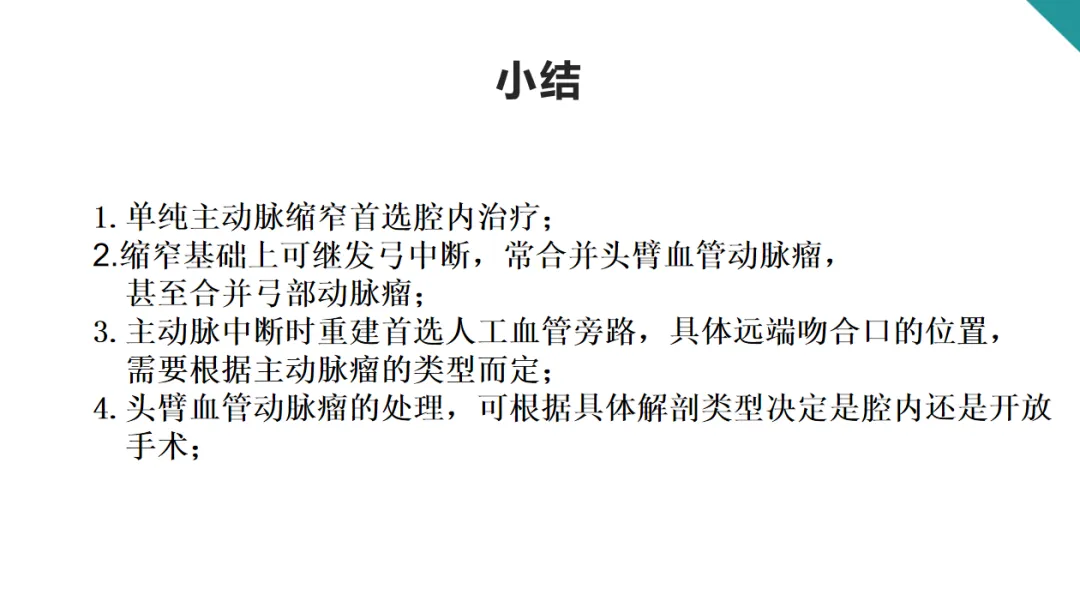
Contact Us
For further information or inquiries about the techniques discussed or the Tian Fu Symposium, please leave a comment below or email us at: endovascluar@simtomax.cn.
For more details, visit our official website: www.vascularknight.com.
Follow Us on Social Media:
• Facebook: Vasco Knight
• Instagram: @knight_vasco
Thank you for your attention. Let’s collaborate for better health!


